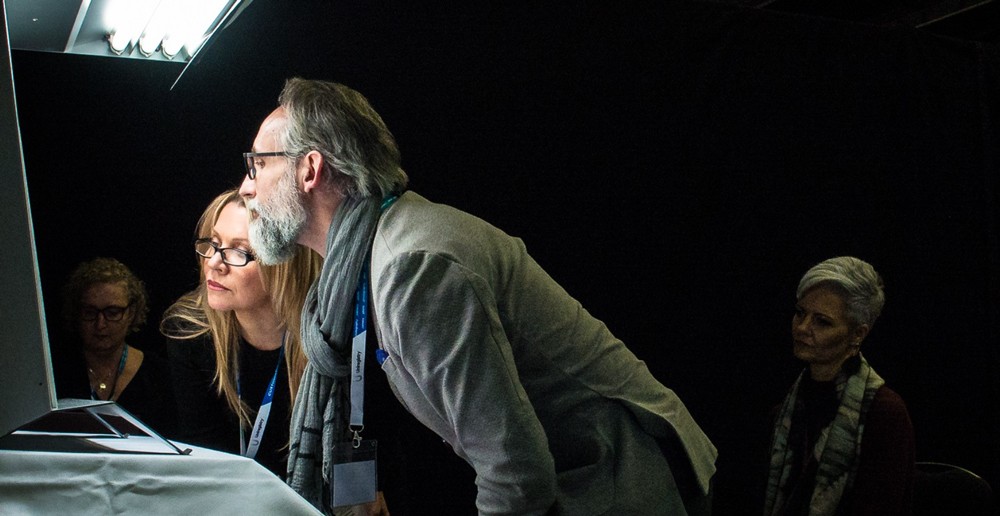What the judges are looking for

Understanding what judges look for in photography competitions can significantly enhance your chances of success. Whether you’re aiming for your first award or seeking to refine your skills, knowing the critical elements that judges evaluate—such as impact, creativity, composition, and technical excellence—can guide you in crafting powerful and memorable images. This guide breaks down each criterion, offering insights into how you can align your work with the expectations of professional judges and elevate your photography to new heights.
1. Impact
Is the sense one gets upon viewing an image for the first time. Compelling images evoke laughter, sadness, anger, pride, wonder or another intense emotion.
2. Creativity and style
Creativity is defined as the external expression of the imagination of the maker by using the medium to convey an idea, message or thought. Style is defined in a number of ways as it applies to a creative image. It might be defined by a specific genre or simply be recognizable as the characteristics of how a specific artist applies light to a subject. It can impact an image in a positive manner when the subject matter and the style are appropriate for each other, or it can have a negative effect when they are at odds.
3. Composition
Is important to the design of an image, bringing all of the visual elements together in concert to express the purpose of the image. Proper composition holds the viewer in the image and prompts the viewer to look where the creator intends. Effective composition can be pleasing or disturbing, depending on the intent of the image maker.
4. Image or print presentation
Affects an image by giving it a finished look. The mats and borders used should support and enhance the image, not distract from it.
5. Centre of interest
Is the point or points on the image where the maker wants the viewer to stop as they view the image. There can be primary and secondary centres of interest. Occasionally there will be no specific centre of interest, when the entire scene collectively serves as the centre of interest.
6. Lighting
The use and control of light refers to how dimension, shape and roundness are defined in an image. Whether the light applied to an image is manmade or natural, proper use of it should enhance an image.
7. Colour balance
Supplies harmony to an image. An image, in which the tones work together, effectively supporting the image, can enhance its emotional appeal. Colour balance is not always harmonious and can be used to evoke diverse feelings for effect.
8. Technical excellence
Is the print quality of the image itself as it is presented for viewing. Sharpness, exposure, printing, mounting and correct colour all speak for the qualities of the physical print.
9. Photographic technique
Is the approach used to create the image. Printing, lighting, posing, ‘digital negative’ exposure, film choice (If used), digital output to file, paper selection and more are part of the technique applied to an image.
10. Storytelling and subject matter
Storytelling refers to the image’s ability to evoke imagination. One beautiful thing about art is that each viewer might collect his own message or read her own story in an image. The subject matter should always be appropriate to the story being told in an image.







